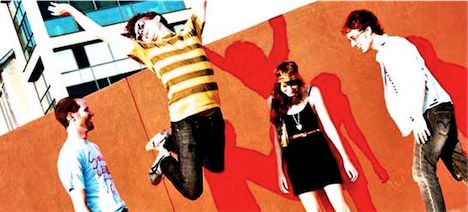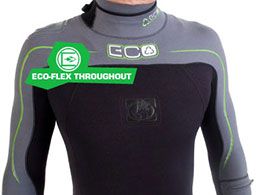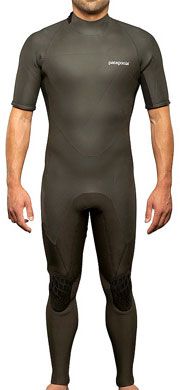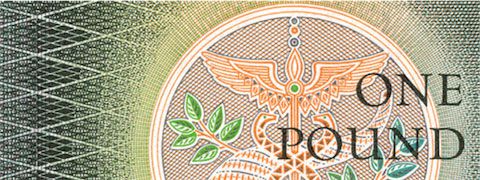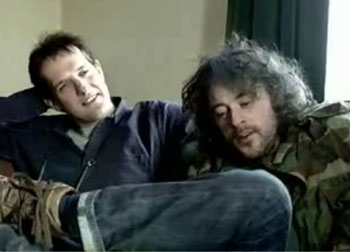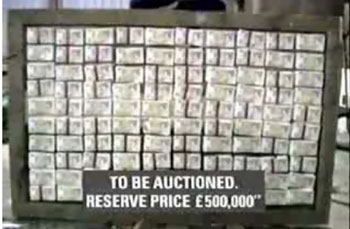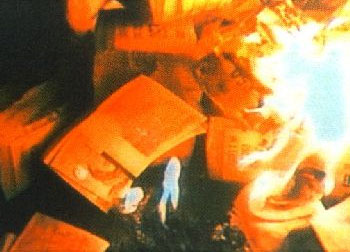We Made This:
We Made This
Beautiful Sci-Fi covers shock
We were strolling through Foyles the other day and stumbled across this stunning new Future Classics series from Gollancz, the science-fiction and fantasty arm of Orion Books.
The front covers are really startling in their boldness. No title. No author name. No publisher’s logo. Just fantastically striking and truly graphic images, combined with a great use of material and print process.
Of the three above, from left to right, Fairyland by Paul J McAuley uses a holographic foil and irridescent cover stock; The Separation by Christopher Priest uses an uncoated stock and a deboss; and Hyperion by Dan Simmons uses a spot varnish over black.
The spines and back covers have been given a series style with what looks like American Typewriter as the series typeface.
When you see what the previous cover was for Fairyland (below), you can see how radical a shift they’ve made. From a quick browse of a few online sci-fi forums it looks like existi
